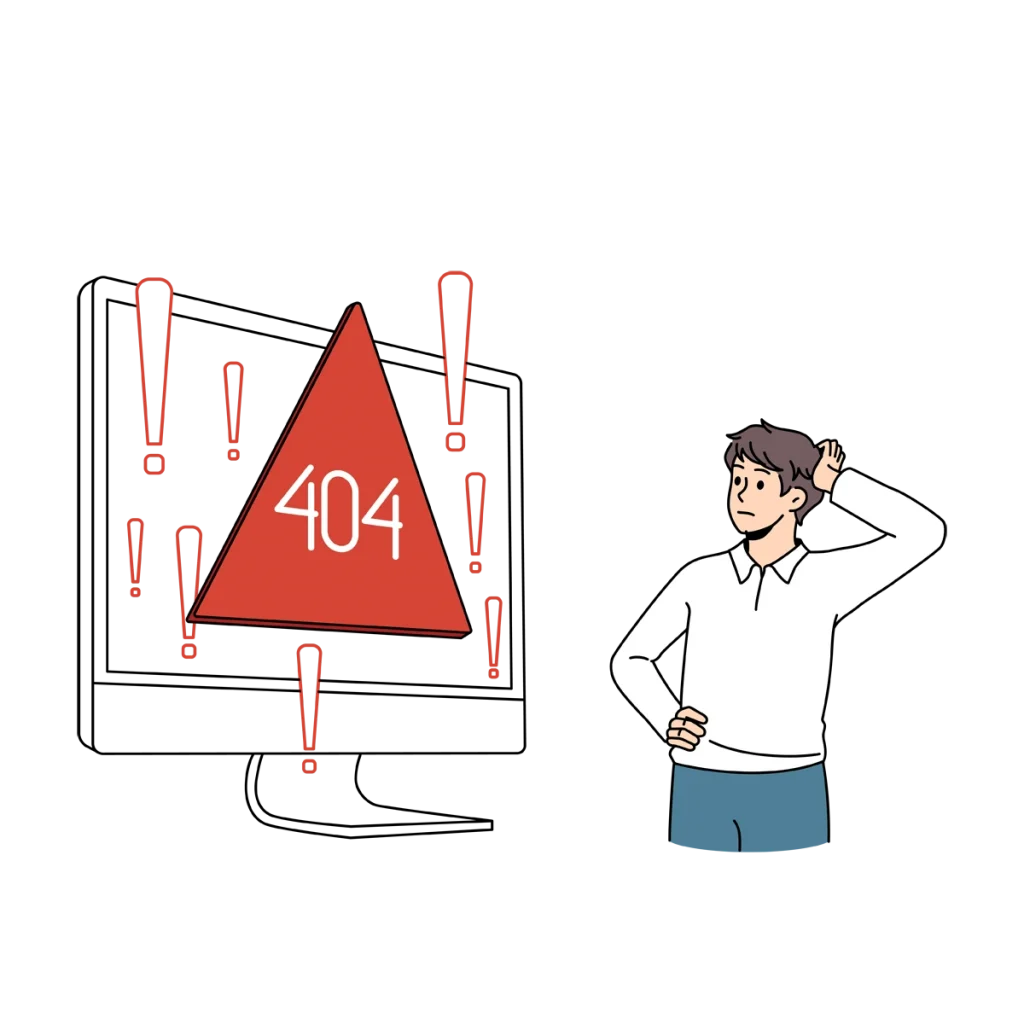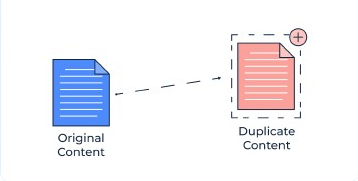- October 6, 2024
- by admin
- On-Page SEO
- 2 Comments
In today’s digital landscape, conducting regular on-page SEO audits is essential for maintaining your website’s health and ensuring that it remains competitive in search engine rankings. An on-page SEO audit involves thoroughly reviewing all the elements on a webpage—such as content, keywords, meta tags, and site structure—to ensure that they align with SEO best practices. This process helps identify any issues that could hinder your website’s visibility and performance.
For businesses, especially those focused on digital growth, overlooking on-page SEO can lead to missed opportunities in ranking, traffic, and user engagement. By identifying and fixing common mistakes, you can significantly improve your website’s SEO performance. Common errors like duplicate content, poor use of keywords, or missing meta descriptions can be easily corrected during an audit, leading to better search engine rankings and an enhanced user experience.
An on-page SEO audit not only helps improve your website’s searchability but also strengthens your website’s foundation. Through these audits, you can uncover optimization gaps that, when filled, can boost your organic traffic, improve conversions, and help your site rank higher on search engines like Google.
The Importance of On-Page SEO Audits

Conducting regular on-page SEO audits is a crucial step in maintaining the overall health of your website and ensuring that your SEO performance remains optimal. These audits are essential for identifying potential issues that may be affecting your website’s visibility on search engines like Google. Without regular audits, even small errors can accumulate and hinder your website’s ability to rank effectively, causing you to lose valuable traffic and opportunities.
A comprehensive SEO audit helps pinpoint issues that can impact your search engine visibility, such as duplicate content, poor keyword placement, broken links, and missing meta descriptions. By addressing these problems early, you can prevent your website from suffering in the long term. For example, if your site’s meta tags or content hierarchy are not optimized, search engines may struggle to understand your content, leading to lower rankings.
The benefits of conducting regular on-page SEO audits go beyond just fixing errors. These audits provide valuable insights into how well your website aligns with SEO best practices, helping you stay competitive in the digital landscape. Over time, regularly auditing your site can lead to improved rankings, increased traffic, and better user engagement. This means more potential customers discovering your content, leading to higher conversions and overall business growth.
Common On-Page SEO Mistakes

Keyword Cannibalization
One of the most common on-page SEO mistakes is keyword cannibalization. This happens when multiple pages on your website target the same keyword, leading search engines to become confused about which page to rank. When you have several pages competing for the same term, it can dilute your SEO efforts and result in neither page ranking as well as they should. This reduces the effectiveness of your overall keyword strategy and may even lead to SEO penalties.
Fix: The solution to keyword cannibalization is to consolidate pages that target the same keyword. You can combine content into a single, more authoritative page, or adjust target keywords on specific pages to ensure clarity and differentiation. This not only improves search engine understanding but also boosts your rankings.
Improper Use of Meta Tags
Meta tags, such as title tags and meta descriptions, play a vital role in on-page SEO by helping search engines and users understand the content of your page. However, many websites fall into the trap of either overusing keywords, creating duplicate meta tags, or neglecting to include meta descriptions altogether. These mistakes can hurt your site’s visibility and result in lost opportunities for ranking.
Fix: Ensure every page has unique and optimized meta tags that include relevant keywords without stuffing. Each title tag should clearly reflect the page content, while meta descriptions should provide a concise and engaging summary. This helps improve both SEO and click-through rates (CTR).
Ignoring LSI Keywords
Many websites focus too heavily on their primary keywords and overlook the importance of LSI (Latent Semantic Indexing) keywords. LSI keywords are contextually related terms that help improve the search relevance of your content. Ignoring these semantic keywords can make your content feel repetitive and less valuable to search engines, ultimately impacting its ability to rank for related queries.
Fix: Use tools like LSIGraph or SEMrush to identify and incorporate relevant LSI keywords into your content. These related terms will help create a broader context for your content, making it more valuable to search engines and improving your ranking potential. By including LSI keywords, you not only enhance the search relevance of your page but also provide a richer, more informative experience for your readers.
Technical SEO Errors During On-Page Audits

Slow Page Speed
Page speed is a critical factor for both SEO and user experience. When a webpage takes too long to load, it not only frustrates users but also increases the bounce rate, meaning visitors leave your site without engaging further. Search engines like Google take page speed into account when ranking sites, so if your website is slow, it can hurt your visibility in search results.
Fix: There are several ways to improve page speed. Start by optimizing images to reduce their file size, which can significantly decrease load times. You can also leverage browser caching to store frequently used files in users’ browsers and use a Content Delivery Network (CDN) to serve your website from servers closer to your users. These techniques help reduce load times and improve user engagement.
Mobile Usability Issues
With more users browsing the web on mobile devices, mobile optimization is essential for any on-page SEO strategy. If your site isn’t optimized for mobile, you risk losing a large portion of your audience. Additionally, Google prioritizes mobile-friendly websites in its rankings, making it critical to ensure your site works seamlessly across all devices.
Fix: To check for mobile usability issues, use Google’s Mobile-Friendly Test tool, which will highlight any problems affecting your site’s mobile optimization. From there, make sure your site uses a responsive design that adjusts automatically to fit different screen sizes and devices. This not only enhances the user experience but also helps boost your site’s ranking on search engines.
Content Issues and How to Fix Them

Thin Content
Thin content refers to pages with little value, offering minimal information or insight to users. Search engines like Google favor high-quality content that provides real value to readers. When a website has thin content, it can struggle to rank well because search engines deem it less useful.
Fix: To resolve thin content issues, focus on expanding content and ensuring it provides valuable information to your audience. Add more in-depth details, supporting data, or actionable advice. Also, integrate relevant keywords naturally to align with user search queries and boost your search ranking.
Duplicate Content
Duplicate content occurs when the same or similar content appears on multiple pages, either on your website or across other sites. This can confuse search engines, making it harder for them to determine which version of the content should rank higher. As a result, duplicate content can lead to SEO penalties and hurt your site’s visibility.
Fix: One of the best solutions for addressing duplicate content is to use canonical tags. These tags help search engines identify the original version of the content, ensuring only one page is prioritized in rankings. Additionally, consolidate similar pages to avoid unnecessary duplication, and ensure your content strategy emphasizes unique, high-quality content across your site.
Optimizing Internal Linking Structure
Internal linking is an essential aspect of on-page SEO, helping to distribute link equity across your website and improve site navigation. It not only aids in guiding users to related content but also helps search engines crawl and understand the importance of different pages on your site. Pages with more internal links often receive more authority, improving their search ranking.
Fix: To optimize your internal linking structure, conduct regular audits of your links to ensure that key pages receive adequate link juice. This can be done by strategically linking from high-authority pages to lower-traffic pages that need a boost. Additionally, use descriptive and relevant anchor text to provide context for both users and search engines. Effective internal linking enhances user flow and keeps visitors engaged on your site longer.
Image Optimization and Alt Text Usage
Images play a significant role in both user experience and SEO performance. However, unoptimized images can drastically slow down your website, leading to poor page speed, which negatively impacts both user engagement and rankings. Slow-loading pages can result in higher bounce rates, harming your overall SEO.
Fix: To ensure your images are optimized, compress large images without sacrificing quality using tools like TinyPNG or JPEG-Optimizer. This will improve your page speed. Additionally, make sure to add relevant and descriptive alt text to every image. Alt text not only helps search engines understand the context of the image but also improves website accessibility for visually impaired users. This simple practice enhances both your site’s SEO and user experience by improving search engine understanding and accessibility.
Tools for Conducting On-Page SEO Audits

To conduct a comprehensive on-page SEO audit, leveraging the right SEO audit tools is crucial. These tools help identify errors, optimize content, and improve overall website performance.
Here are some highly effective tools for on-page SEO audits:
- SEMrush: A powerful tool that offers a complete audit of your site’s on-page elements. SEMrush identifies issues like duplicate content, broken links, and keyword usage, helping you optimize for better SEO performance.
- Ahrefs: Known for its robust backlink analysis, Ahrefs also provides excellent on-page audit capabilities, detecting issues such as keyword cannibalization, missing meta tags, and slow page speed.
- Screaming Frog: A site crawler that helps you identify technical issues, such as missing alt text, meta descriptions, and duplicate content, ensuring your on-page SEO is well-optimized.
- Google Search Console: This free tool from Google allows you to monitor your website’s health, providing insights into indexing, mobile usability, and search traffic. It’s essential for tracking the performance of your site and identifying any errors Google encounters during crawling.
By regularly using these tools, you can ensure your website’s SEO health remains optimal, quickly identifying areas that need improvement and fixing common on-page SEO mistakes effectively.
Ongoing SEO Audits for Long-Term Success
Performing regular SEO audits is crucial for ensuring your website remains optimized and competitive in the ever-changing landscape of search engine algorithms. SEO audits are not a one-time task; they should be a continuous process to identify and fix issues that may affect your search engine rankings.
Making SEO audits part of your ongoing SEO maintenance strategy helps in catching issues like broken links, outdated content, or technical errors before they harm your website’s performance. Regular audits ensure that your website is always aligned with SEO best practices, allowing it to adapt to algorithm changes and continue driving traffic.
By incorporating regular audits, you can ensure that your website’s SEO efforts remain on track, helping to maintain and even improve your search engine rankings over time. It’s a long-term investment in your site’s health and visibility.
Conclusion:
Conducting on-page SEO audits regularly is essential for maintaining a solid SEO strategy. By addressing common mistakes, optimizing your website’s performance, and staying aligned with best practices, you’ll ensure your site continues to perform well in search engines.
Prioritizing these audits helps to improve rankings, boost organic traffic, and enhance the overall user experience. In today’s competitive landscape, businesses that invest in ongoing on-page SEO optimization are more likely to see sustained growth and improved rankings over time.
Make on-page SEO audits a core part of your SEO efforts, ensuring your website is always ready to compete and rank at the top.




Comments (02)